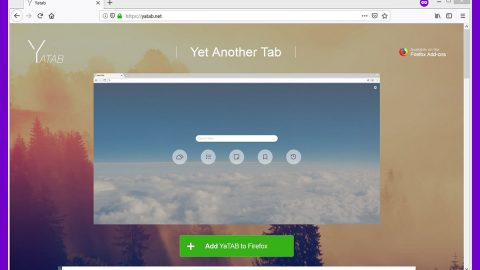In order to prevent losing data compression, we all tend to use file formats like .zip and .rar. Sending several files across the network became easier since we can combine a couple of files in a single archive package to reduce its size making it lightweight so that you won’t have any trouble sending it. Even so, sending the archived file all over the network can also make it accessible to other users. So if you don’t want to make the archived file accessible to public, adding a password to the zipped file would be the best solution for you. Adding a password to your zipped file can ensure you that your file will only be accessible to users who have your permission to do so.
There are various encryption and password methods that are supported by .zip file which are listed below.
- ZipCrypto – this method is widely supported and uses by a number of zip archive software but the downside is that it is lacking on the security forefront. According to some users, it is quite weak and is often vulnerable to attacks like the known plain text attack unlike the second alternative which is the AES-256.
- AES-256 – this method, unlike ZipCrypto, is an efficient and more secure alternative and is considered as one of the top ciphers. But like ZipCrypto, it also has its weaknesses. For one, it is not supported by Windows’ own native compression tool. However, it is supported by other well-known tools like 7-Zip, WinZip, WinRAR and a whole lot more.
Encrypting your files using 7-Zip
Since both WinRAR and WinZip are not free, this article will show you how to add a password to your compresses files using 7-Zip in our example. 7-Zip is free and an open source so you won’t have any problem using it. So if you don’t have 7-Zip in your computer yet, you have to download it first from its official website and then install. To start, follow the steps below.
Step 1: Right-click on the file or folder you want to compress and add a password to.

After right-clicking on the file or folder, look for 7-Zip and click, and then select Add to archive.
Step 2: After opening the Add to Archive window, type in your preferred password and then confirm it in the Encryption section that is located at the lower-right corner of the window. Once you have keyed in your password, you can now select the encryption method.

As mentioned earlier, there are two encryption methods to choose from; the ZipCrypto and AES-256. If you want a more secure encryption method, then it would be better if you select the AES-256 encryption method. Moreover, you can also select the archive format if you don’t like the default one which is 7z. After that, click OK to compress the file together with the password you’ve set.
Setting up a password to a compressed file, which you already can tell after doing all the steps, is quite easy. However, the practical implementation of these algorithms is not without its weaknesses. That’s why it is recommended for you to use strong passwords so as to keep the contents inside the compressed file safe.











